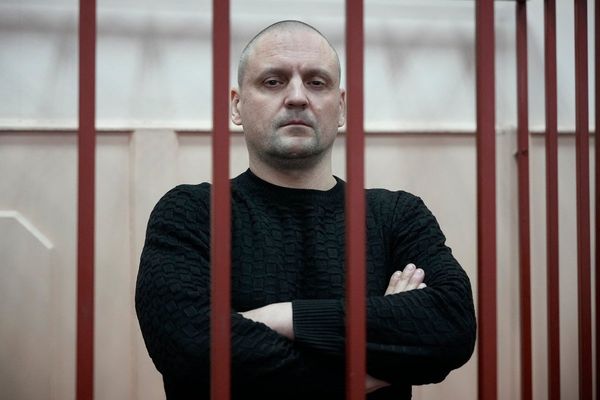
Thinking about how we publicly celebrate or memorialise women’s achievements has changed – but not in pace with contemporary art practice. The highly figurative bronze statue is such a relic of a colonial patriarchy, and yet it is still often the go-to kind of representation in the public square. Replacing figurative statues of colonists and enslavers with more figurative statues is timid, and so reductive. We can do so much better than erecting supersized dolls on plinths outside post offices and shopping malls.
New work such as Khaleb Brooks’s shell sculpture The Wake, mentioned in your editorial (The Guardian view on statues: new monuments reflect changing values and reinvigorate the public realm, 1 August), don’t just commemorate a past, they declare a now agreed truth that was once obscured by the powerful.
Here in Australia, public art is an especially potent working surface for First Nations Australian women. Let’s embrace the symbolic change that comes with replacing redundant or harmful public commemorations with new (or not so new) art approaches – not just objects, but digital, environmental or sound sculptures. Public art can elevate and enchant, and be a wonderful placemaking device. And contemporary art forms can provoke, inspire wonder and keep this dialogue alive.
Dr Wendy Osmond
Sydney, Australia
• We are very grateful for your editorial about statues, highlighting our campaign for a statue in Brighton for Mary Clarke, the first suffragette to die, on Christmas Day 1910, for women’s right to vote. You say that Clarke died “after being force-fed in prison”. While there is little doubt that her hunger strike and the brutality of prison conditions will have hastened her death by brain haemorrhage, it seems clear – and leading suffragettes at the time believed – that the initial damage was done before she was imprisoned, at the notorious “Black Friday” events of 18 November 1910.
On that occasion, 300 suffragettes attempting to lobby parliament were savagely beaten and in many cases sexually assaulted by east London police. Three women died as a result, of whom Mary Clarke was the first. Henria Williams died a week later on 1 January 1911, while Cecilia Haig died on 31 November 1911, of injuries sustained that day.
Jean Calder
Chair of trustees, Mary Clarke Statue Appeal
• Regarding statues of women, I am pleased to say that a woman who was a political activist and a community leader but who was, unfortunately, all but forgotten has been honoured in Glasgow. A memorial to Mary Barbour, created by Andrew Brown and depicting her leading her fellow rent strikers in 1915, stands at Govan Cross.
Mary was an ordinary working-class woman, but the importance of her campaign, which helped lead to the Rent Restriction Act, deserves to be memorialised in bronze. Perhaps a wee girl looking at it today might just think: “Maybe I can do what Mary did.”
Mary Fitzpatrick
Glasgow
• Yes all statues have meaning and, yes, too many are of rich, powerful, white men whose legacy is often tainted. But please let me draw your attention to the Grade II-listed artwork Platforms Piece at Brixton railway station.
It was created by the artist Kevin Atherton and installed in 1986 (enhanced in 2023). This work comprises four lifesize images representing the diverse community that Brixton station serves: three of these figures are of local black residents standing as if waiting for a train. The other is of a young local white woman who moved to Brixton from Germany.
So, yes, the nurse Mary Seacole fully deserved to be honoured by her 2016 statue – but let’s also recognise the importance of this much earlier work in celebrating the contribution made by people such as these far-from-ordinary Brixton folk to the richness and diversity of our society.
Peter Corkill
Elham, Kent
• Have an opinion on anything you’ve read in the Guardian today? Please email us your letter and it will be considered for publication in our letters section.







